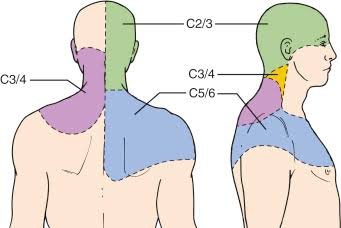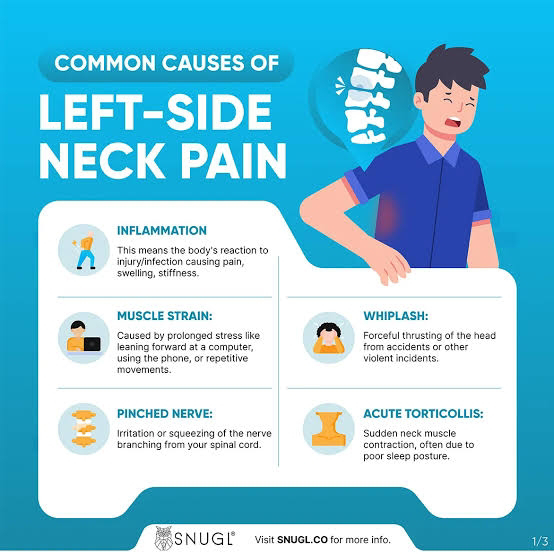Connection between Cervical and shoulder pain

Neck pain and shoulder pain often go hand in hand, affecting many people in their daily lives. Understanding how these two areas are connected can help in finding the right treatment and relief.

How the Neck and Shoulder Are Connected
The neck (cervical spine) is made up of seven bones (vertebrae) that support your head and allow it to move. The shoulder is a very flexible joint that connects to the neck through various muscles, nerves, and ligaments. Here’s how they work together:
– Nerves: Nerves from the neck travel through the shoulders and into the arms.
– Muscles: Muscles like the trapezius and levator scapulae span the neck and shoulder, helping them move and stay stable.
– Ligaments and Tendons: These tissues connect bones and muscles, providing support and stability.

Why Neck and Shoulder Pain Happen Together
1. Nerve Issues:
– Herniated Discs: The soft discs between neck bones can bulge or slip out of place, pressing on nerves and causing pain that spreads to the shoulder and arm.
– Spinal Stenosis: Narrowing of spaces in the spine can squeeze nerves, leading to pain in both the neck and shoulder.
2. Muscle Strain:
– Poor Posture: Sitting or standing with poor posture, especially while using a computer or phone, can strain neck and shoulder muscles.
– Repetitive Movements: Doing the same neck or shoulder movements over and over can cause muscle pain.
3. Injuries:
– Whiplash: Sudden, forceful movements of the neck, like in a car accident, can cause whiplash, resulting in neck and shoulder pain.
– Shoulder Injuries: Injuries to the shoulder, like rotator cuff problems, can cause pain that spreads to the neck.
4. Wear and Tear:
– Arthritis: Wear and tear on neck joints can lead to arthritis, causing pain that extends to the shoulder.
– Degenerative Disc Disease: Gradual damage to neck discs can cause chronic pain in the neck and shoulder.
Common Symptoms
– Radiating Pain: Pain that starts in the neck and moves to the shoulder, arm, or hand.
– Numbness and Tingling: Feelings of numbness, tingling, or weakness in the shoulder or arm.
– Stiffness: Difficulty moving the neck or shoulder due to pain or stiffness.
– Headaches: Headaches that start in the neck can also affect the shoulder area.
How to Diagnose and Treat the Pain
1. Diagnosis:
– Doctor’s Exam: A detailed check-up and questions about your pain can help identify the cause.
– Imaging Tests: X-rays, MRI, or CT scans can show problems in the neck or shoulder.
– Nerve Tests: These can help find nerve compression or damage.
2. Treatment:
– Physical Therapy: Exercises and treatments to relieve pain and improve movement.
– Medications: Pain relievers and anti-inflammatory drugs can help manage pain.
– Injections: Cortisone shots can reduce inflammation and pain.
– Surgery: In severe cases, surgery might be needed to fix the problem.
Tips for Prevention and Management
– Good Posture: Keep good posture, especially when sitting or standing for long periods.
– Ergonomics: Set up your work area to be comfortable and supportive.
– Exercise: Regularly strengthen and stretch your neck and shoulder muscles.
– Mindful Movements: Avoid sudden, forceful movements and take breaks during repetitive tasks.
Understanding the link between neck and shoulder pain can help you take steps to relieve and prevent it. If you have ongoing or severe pain, it’s important to see a doctor for proper evaluation and treatment.

